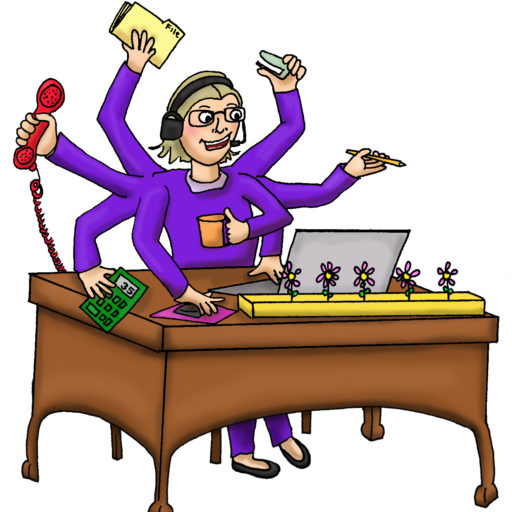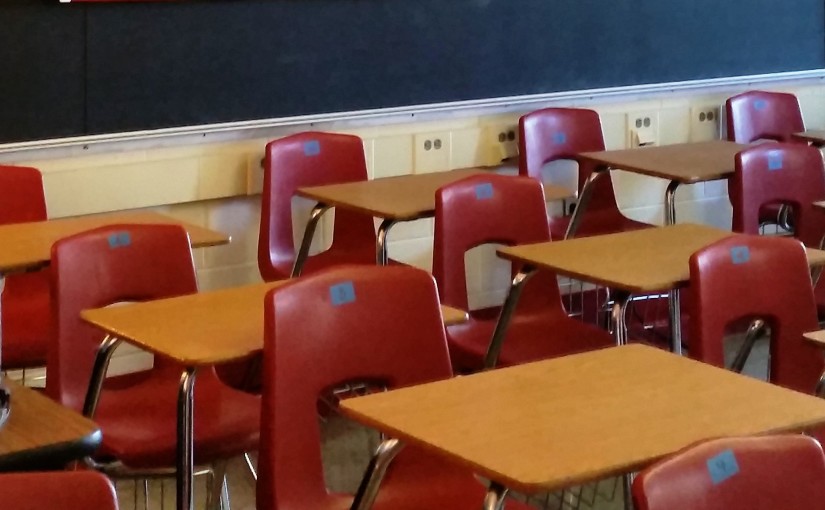Originally published: March 22, 2016
Updated: July 26, 2024
This post has been updated as technology in schools, such as “Canvas” and “Blackboard,” have been updated to where students can log on from virtually anywhere to access their lesson assignments and classwork. Since the onset of Covid and distance learning, many accommodations have changed or been revamped. As is the case for “teachers notes.” Most teachers are required to use online programs now; however, many sped students are in lower-level classes and those teachers might not use those learning platforms. Students with processing or cognitive challenges find it difficult to teach themselves or access these programs and follow the steps in the modules. For this reason, many special education teachers use the traditional method of teaching and present the information in front of the class. Even if your student is in an advanced placement class, teacher notes, whether online or on paper, are important for the overall learning process. This article will help parents understand how their special education student can benefit from using online or teacher resources.
If your student has this accommodation on the IEP, most likely by now, you’ve realized that it doesn’t work as smoothly as it should. If parents are not aware of this accommodation, they can request to have it added as an addendum to the IEP. The case manager and the regular education teachers should be able to address this need fairly quickly. However, there are some things parents should know first. Teachers’ notes include lessons presented to the class, in which any assessments will be drawn.
For students who qualify, there are a few reasons students should have a copy of the teachers’ notes, and there are a few reasons why students who need them, don’t always get them.
Reasons to add “teacher notes”
1. Processing – Students who have challenges processing information will ultimately have challenges trying to decide what information is important to write down. If they do manage to write anything at all, it will be difficult to decipher the contents at a later date; like test time.
2. Handwriting – If your child has dysgraphia, or challenges with vision and fine motor skills, teachers’ notes are essential to the learning process. Period.
3. Limitations – Many students with a physical disability are able to study and read the notes, but sometimes, copying from the board is rarely successful. Think about their eyes looking up and down, back and forth, then up and down again; plenty of opportunities to miss important information.
Reasons teachers’ notes are a mess
One of the biggest reasons this accommodation is frustrating is because it is inconsistent. Teachers’ lessons vary and so do their interpretations of what is actually a “note.”
- Media– Sometimes teachers ask students to take notes from a video or media event. In this case, and even for regular education students, it is difficult to get the full gist of the video if the child is only focused on writing down information. Many times, these notes are not included as part of the teachers’ notes. Nevertheless, the test might have a question or two about the video. Be sure to include this in the IEP; all information presented in the classroom is important.
- Substitutes– On occasion a teacher will be absent and a substitute will teach a lesson. While we like to think the guest teacher will address these concerns, many times notes on these days are not available. Here again, if the material will be on an assessment, this could be a problem.
- Peer notes – Case managers like to use the term “peer notes” or “student notes,” which are notes actually written by another classmate, and then, given to the student with the IEP at the end of class. In this case, the only credible advice I can give you is to run the other way. Don’t let the team talk you into this scenario at any cost; forget it, don’t do it. Here’s why. Teachers’ notes are the most beneficial when students are at the middle or high school level. Students who are asked to take notes for someone else might end up being resentful of the task. Using another student as a “peer” to help the special ed student in class is a better option. The “peer” is not tasked with doing the work, but more importantly, helping the student do the work himself. Assignments already on their classroom device will be easier to manage. But let us not forget that student records are confidential. This is the main reason parents should not allow another student to do what the teacher should be doing. Other students do not need to know that a classmate is receiving notes or needs help.
The bad news
There will be teachers who find that providing notes is a nuisance even though some recognize it as beneficial.
Some educators might want a student to “practice” and try to copy notes from the board and prepare for the next academic level. In my experience, that advice is nonsense. If a student has processing challenges, or learns differently, these issues are not going to suddenly disappear once the child gets to middle or high school. In fact, I would add that in middle and high school, students are faced with other classroom related challenges. I would not want to add the stress of trying to take notes.
The good news
The good news is that classrooms are automated and technology is easy to use. We live in a society where every classroom, even the poorest, is equipped with some type of technology that students can tap into for access to information with which the teacher deems important. There are “microphones” so that students can speak into the device and it will translate words into type. There are also programs where the student can actually have the words and directions read to him or her; he or she can listen independently. Teachers have the capability of simply printing from the webpage, or if the site is consistently updated, parents can print the notes from home if needed. Some teachers have even emailed the notes to the parents to print. The options vary so parents and teachers should be able to work together to find a happy medium.
Overall, teachers’ notes are an important academic tool for optimum success. Both parents and students should be proactive to do their fair share to acquire them. Remember to “teach the teacher” and work with the team. I am a firm believer that teachers want to help, but sometimes, they are not sure how they can.




Let’s Talk!